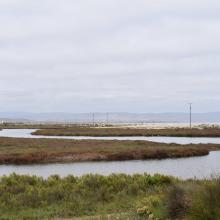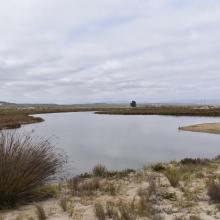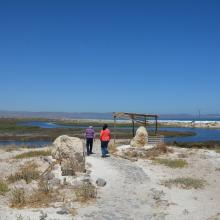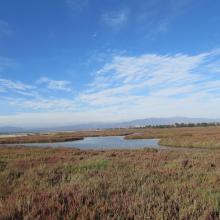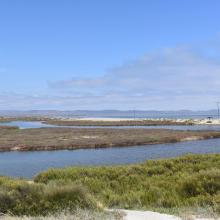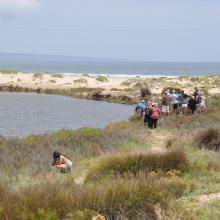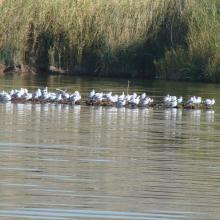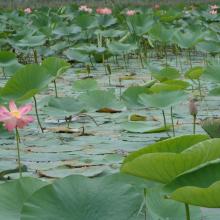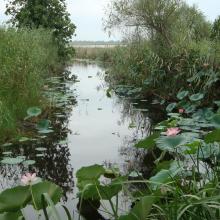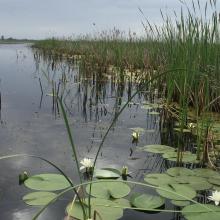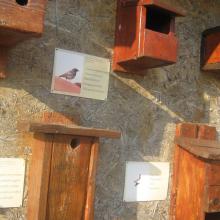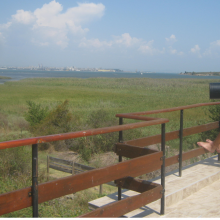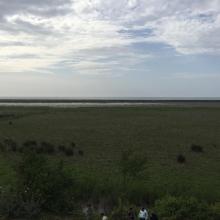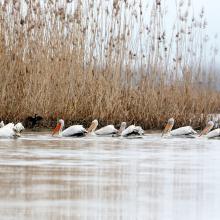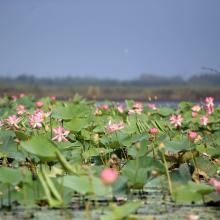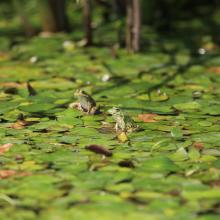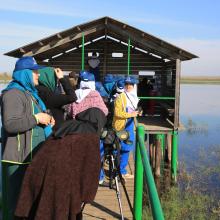Search results
Search found 14 Ramsar Sites covering 104,704 ha
- (-) Remove Region/country: Serbia filter Region/country: Serbia
- (-) Remove Region/country: Latin America and the Caribbean filter Region/country: Latin America and the Caribbean
- (-) Remove Ecosystem services: Provisioning Services filter Ecosystem services: Provisioning Services
- (-) Remove Region/country: Bulgaria filter Region/country: Bulgaria
- (-) Remove Region/country: Asia filter Region/country: Asia
- (-) Remove Region/country: Venezuela (Bolivarian Republic of) filter Region/country: Venezuela (Bolivarian Republic of)
- (-) Remove Picture available?: Yes filter Picture available?: Yes
- (-) Remove Threats: Invasive and other problematic species and genes filter Threats: Invasive and other problematic species and genes
- (-) Remove Region/country: Chile filter Region/country: Chile
- (-) Remove Region/country: Iran (Islamic Republic of) filter Region/country: Iran (Islamic Republic of)
Map
Materials presented on this website, particularly maps and territorial information, are as-is and as-available based on available data and do not imply the expression of any opinion whatsoever on the part of the Secretariat of the Ramsar Convention concerning the legal status of any country, territory, city or area, or of its authorities, or concerning the delimitation of its frontiers or boundaries.
List
-
Humedales Costeros de la Bahía Tongoy
-
Country:Chile
-
Designation date:21-11-2018
-
Site number:2361
-
Published since:5 year(s)
259 ha -
-
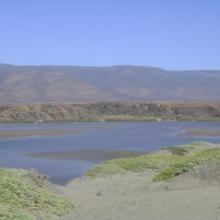
Las Salinas de Huentelauquén (LSH)
-
Country:Chile
-
Designation date:02-02-2015
-
Site number:2237
-
Published since:8 year(s)
2,772 ha -
-

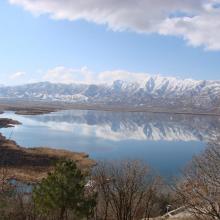
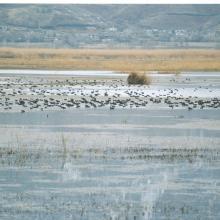
Zarivar
-
Country:Iran (Islamic Republic of)
-
Designation date:17-07-2016
-
Site number:2369
-
Published since:5 year(s)
2,186 ha -
-
Amirkelayeh Lake
-
Country:Iran (Islamic Republic of)
-
Designation date:23-06-1975
-
Site number:47
-
Published since:1 year(s)
1,132 ha -
-
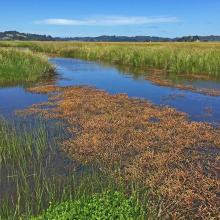

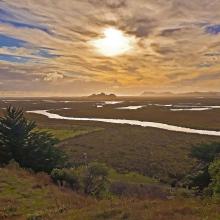
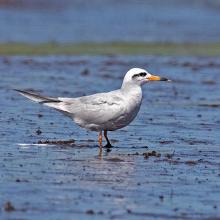
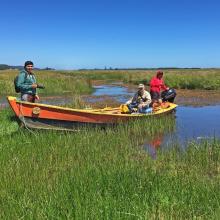
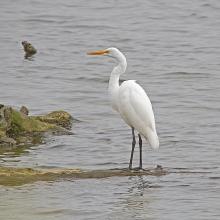
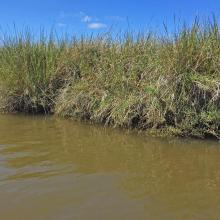
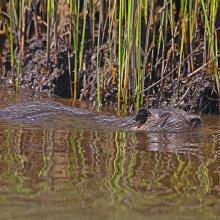
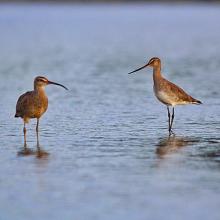

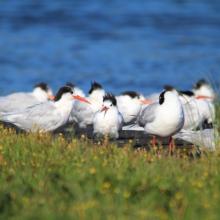

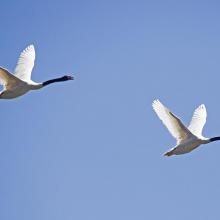
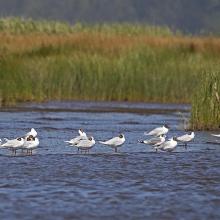
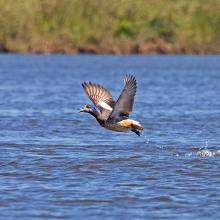
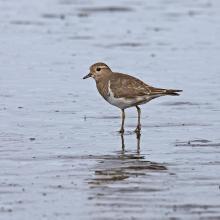

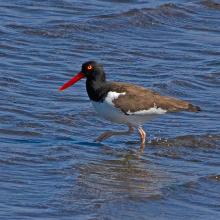

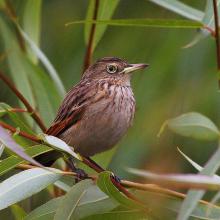
Humedales de Monkul
-
Country:Chile
-
Designation date:22-05-2020
-
Site number:2423
-
Published since:3 year(s)
1,380 ha -
-
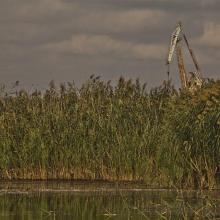
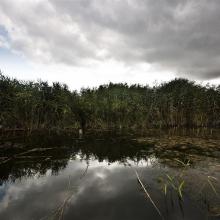
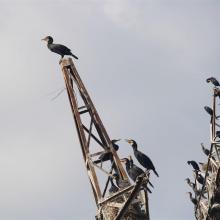
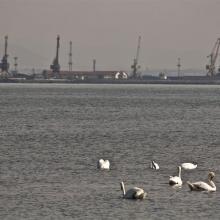
Poda
-
Country:Bulgaria
-
Designation date:24-09-2002
-
Site number:1228
-
Published since:4 year(s)
307 ha -
-
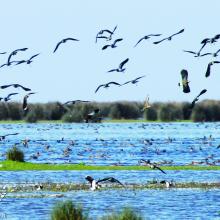
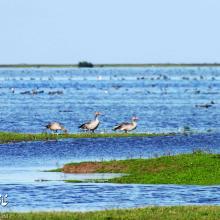
Bujagh National Park
-
Country:Iran (Islamic Republic of)
-
Designation date:23-06-1975
-
Site number:46
-
Published since:1 year(s)
3,433 ha -
-
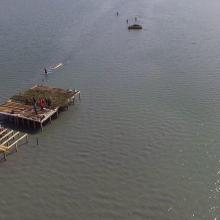
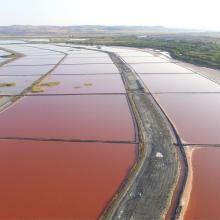

Atanasovsko Lake
-
Country:Bulgaria
-
Designation date:28-11-1984
-
Site number:292
-
Published since:4 year(s)
1,995 ha -
-
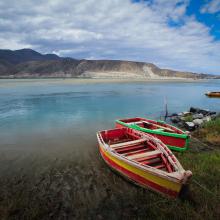
Humedal del río Limarí, desde Salala hasta su desembocadura
-
Country:Chile
-
Designation date:21-07-2020
-
Site number:2424
-
Published since:3 year(s)
527 ha -
-

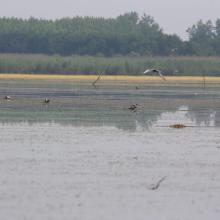
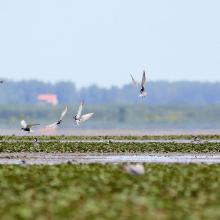
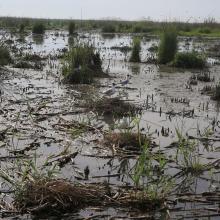
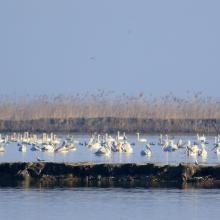
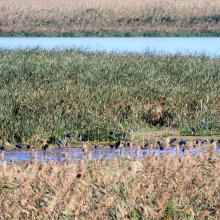
Anzali Wetland
-
Country:Iran (Islamic Republic of)
-
Designation date:23-06-1975
-
Site number:40
-
Published since:1 year(s)
19,500 ha -

